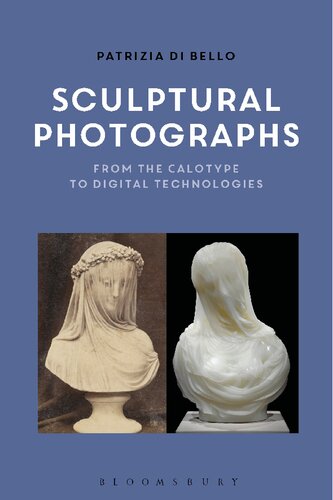

Most ebook files are in PDF format, so you can easily read them using various software such as Foxit Reader or directly on the Google Chrome browser.
Some ebook files are released by publishers in other formats such as .awz, .mobi, .epub, .fb2, etc. You may need to install specific software to read these formats on mobile/PC, such as Calibre.
Please read the tutorial at this link: https://ebookbell.com/faq
We offer FREE conversion to the popular formats you request; however, this may take some time. Therefore, right after payment, please email us, and we will try to provide the service as quickly as possible.
For some exceptional file formats or broken links (if any), please refrain from opening any disputes. Instead, email us first, and we will try to assist within a maximum of 6 hours.
EbookBell Team

4.3
78 reviewsThis is the first monograph exploring how, throughout its history, sculpture has provided a model to conceptualize photography as an art of mechanical reproduction. While there is a growing body of work examining how photography has contributed to the development of a Western 'sculptural imagination' by disseminating works, facilitating the investigation of the medium, or changing sculptural aesthetics, this study focuses on how sculpture has provided not only beautiful and convenient subject matter for photographs, or commercial and cultural opportunities for photographers in the market for art reproductions, but also an exemplar for thinking about photography as a medium based on mechanical means of production. In both media, processes from conception to realization involve apparatus that bypass the 'touch of the artist' - so important to enduring notions of the value of works of art.
The book closely analyses a number of case studies, from 1847 to the present, selected both to explicate the conceptual and technological continuities between the two media, and also because of how they illuminate the materiality of photographic objects. The final chapter considers the convergence of the two media in contemporary sculptural practices that use forms of 3D photography and computer-operated sculpting machines.
Rooted in an understanding of the practical, social and aesthetic implications of photographic as well as sculptural technologies, this volume demonstrates how photographs of sculpture are particularly useful in revealing how photography's changing materialities shape the meaning of images as they are made, circulated, looked at, written about and handled at different historical moments.